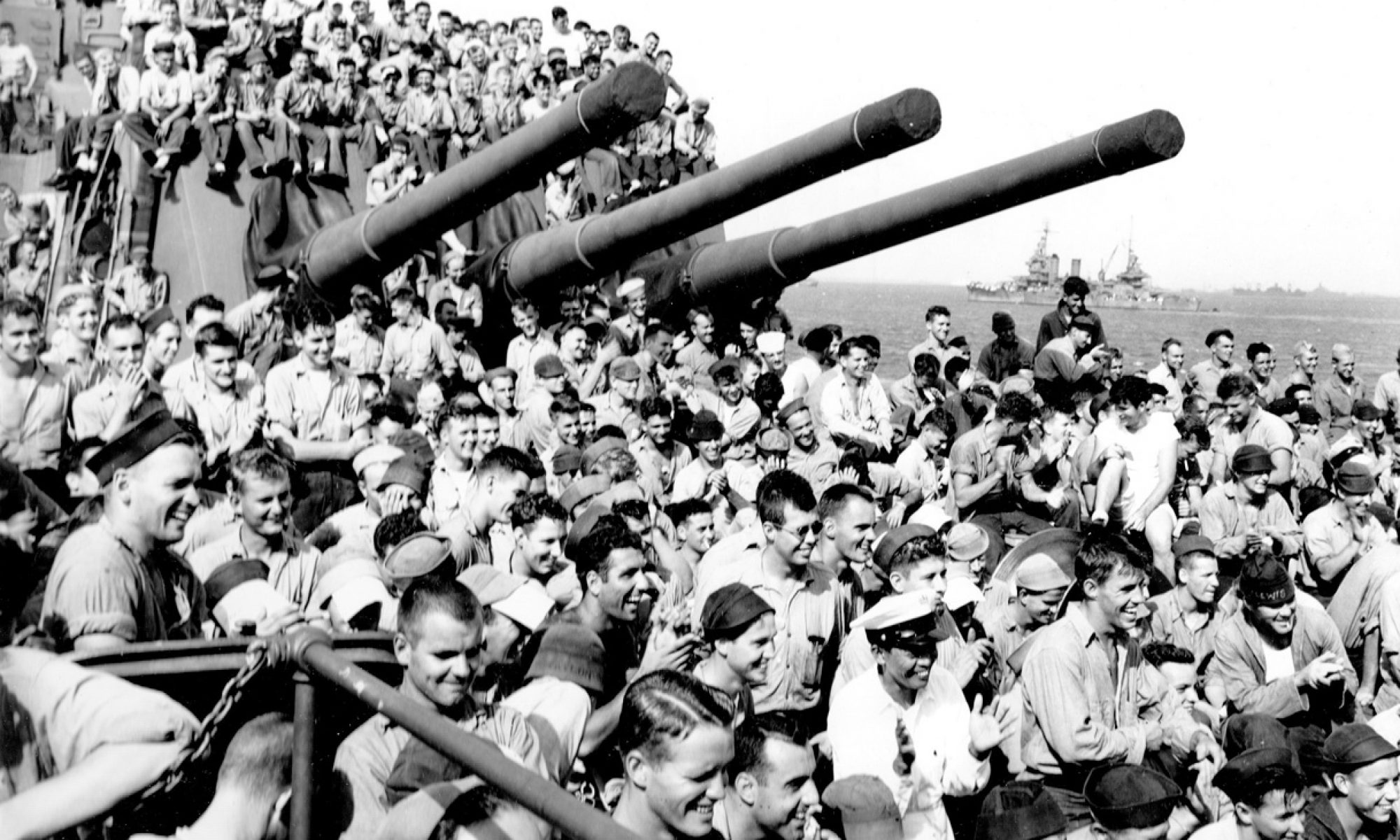Aug. 9, 2013
On this day in 1945, the United States of America unleashed a hydrogen bomb over the Kyushu city of Nagasaki. The Nagaski disaster tends to take a back seat to Hiroshima, the Honshu city that was leveled by the first Atomic bomb three days earlier. History kind of lumps them together, as if one was just an extension of the other.
It just so happens that late yesterday, I submitted Volume 3 of “Baked Beans” to the publisher. The events of August 6 and August 9 are very fresh in my mind. Why? Because they get a lot of attention in this book. For the first time in print anywhere, we meet Marine Major Norman C. Bayley, commander of the Marine Detachment of the USS Boston. Norm came aboard in late July, 1945. Aboard for only about a week, Norm was visited by an Admiral from the Almogordo Base (Los Alamos, NM). He wanted Norm to go “boots on the ground” to both Hiroshima and Nagasaki (which had not been bombed yet) and determine “ground zero,” measure the width of the blast, and report “eyewitness” facts – the extent of the damage, casualties, etc. I interviewed Norm last year. Here is an excerpt from what he told me:
Nagasaki was a different problem [than Hiroshima] because of the terrain. The bomb took care of all those caves. But the big damage it did at Nagasaki was all the scientists and engineers – most of them were in Nagasaki because that’s where their factories were. They lost all these people, which they felt was their biggest loss.
When I left the ship, they said they’d meet me in Sasebo three and a half days later. So we went to Nagasaki and we knew what to expect — except that it was different. How far did it penetrate into the caves? What are the vectors of ground zero? What were the differences between the two bombs, etc. We spent about a day and a half there. People on the outskirts were jamming the roads. They had all kinds of injuries — walking alongside the road with all kinds of injuries — a terrible mess.
 Nagasaki after the bombing. Photo by ship’s photographer Bernie Oster.
Nagasaki after the bombing. Photo by ship’s photographer Bernie Oster.
Lest we forget . . . .
